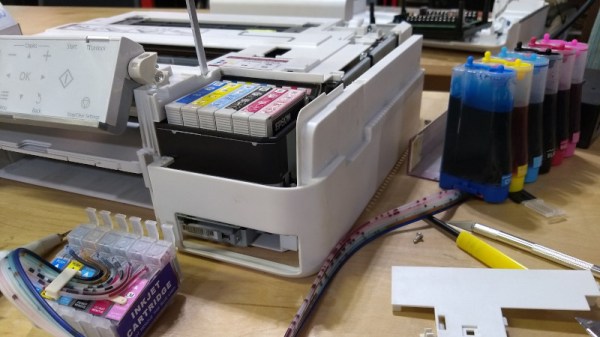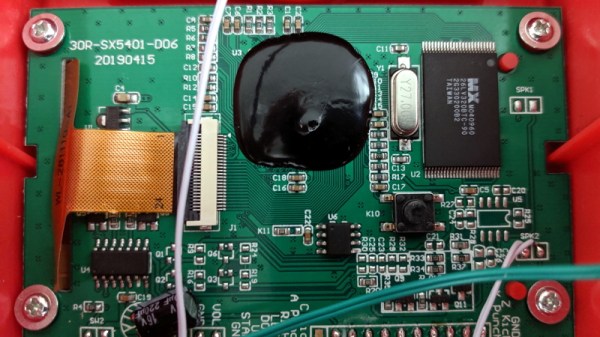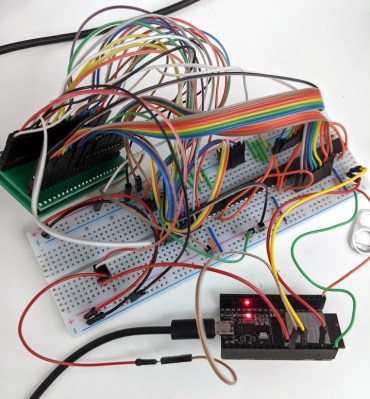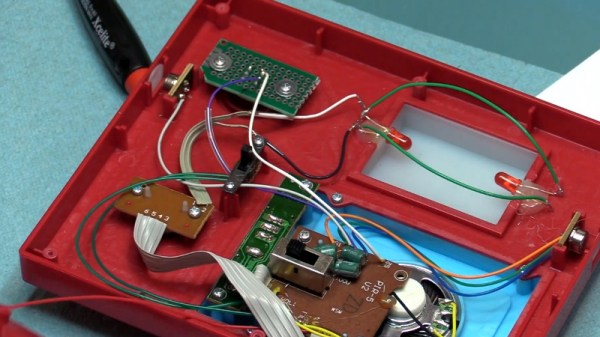Inkjet printers are cheap to buy, but expensive to run. Replacement cartridges can easily cost double the price of the hardware itself, leading many to decry the technology entirely. However, the hackers of the world have the problem licked – enter the continuous ink system.
[cprossu] wanted an affordable color printing solution for the hackerspace. A cheap printer was sourced from a thrift store. The model chosen was selected for its lack of cartridge DRM and the availability of kits on eBay for conversion to a continuous ink system. This involves running large refillable tanks of ink instead of small individual cartridges which must be thrown away when empty.
[cprossu] discusses both the challenges you’ll likely face in a general build, as well as the specific work required to handle the conversion on an Epson Artisan 725. There’s also excessive label-maker abuse, which always brings a smile to our face. It’s a conversion well worth considering if you find yourself regularly purchasing expensive cartridges. We’ve even seen similar builds as far back as 2009, right from the ground up!




















